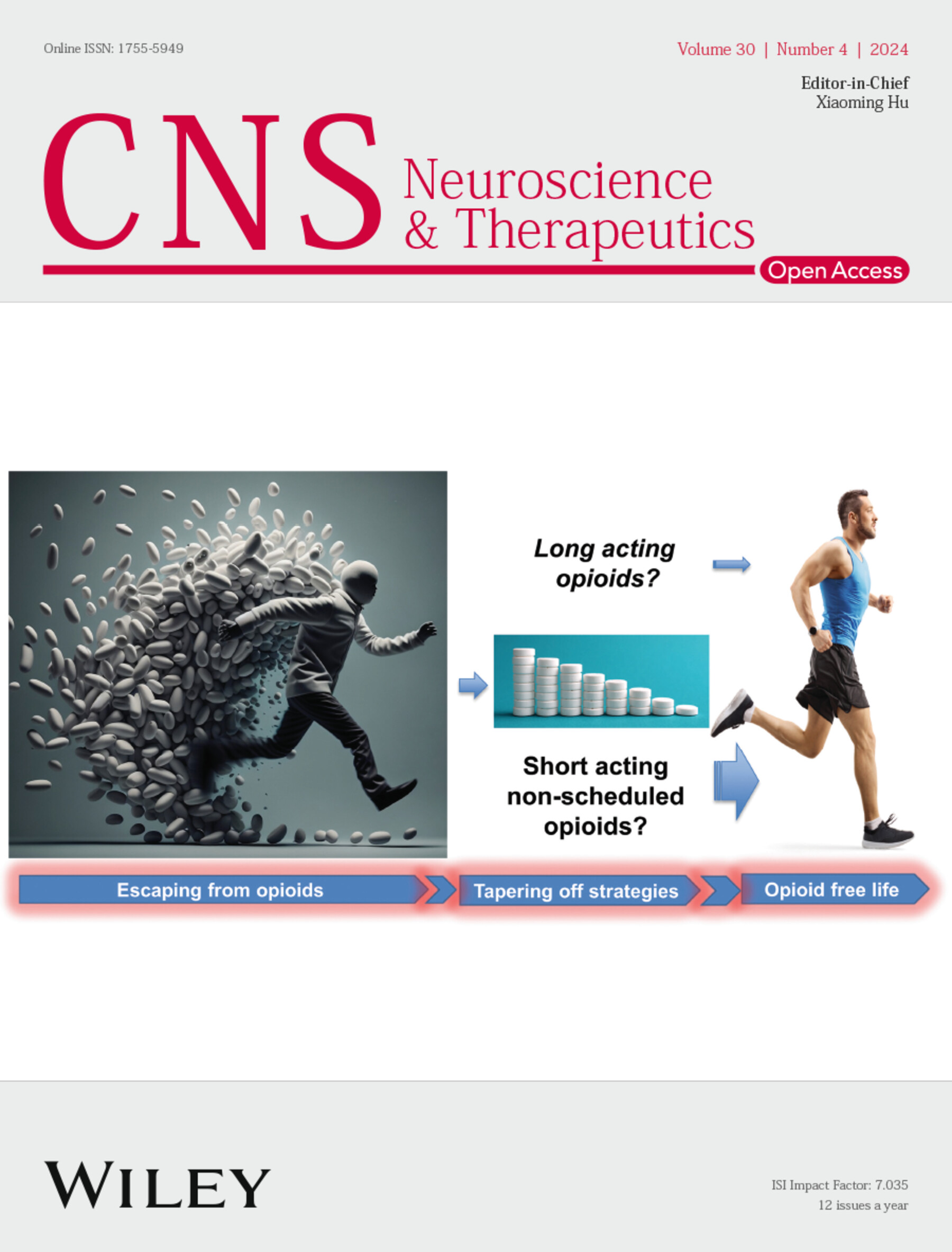Sequential Proteomic Analysis Reveals the Key APOE4-Induced Pathological and Molecular Features at the Presymptomatic Stage in Alzheimer's Disease Mice
Abstract
Aims
Alzheimer's disease (AD) involves a prolonged presymptomatic or preclinical stage with subtle pathological changes. Apolipoprotein E4 (APOE4) is a significant genetic risk factor for AD, yet its specific role at the presymptomatic stage is not fully understood. This study aimed to elucidate the cellular and molecular effects of APOE4 compared to APOE3 on AD progression during the presymptomatic stage.
Methods
We generated 5xFAD AD mice carrying human APOE3 or APOE4 and their non-AD controls. Behavioral tests, immunostaining, quantitative proteomics and phosphoproteomics, Golgi staining, and Western blotting were conducted at 3 or 10 months of age, respectively. Cell culture experiments were performed to assess APOE4's direct impact on neuronal mitochondrial function.
Results
APOE4 significantly increased β-amyloid (Aβ) deposition and microglial activation compared to APOE3 in 5xFAD mice at the presymptomatic stage, without aggravating the blood–brain barrier disruption. Proteomic and biochemical analysis revealed strong molecular features of synaptic degeneration and mitochondrial dysfunction associated with APOE4. Notably, APOE4 promoted mitochondrial fusion and mitophagy while inhibiting fission, leading to impaired neuronal energy supply and increased reactive oxygen species.
Conclusion
Our findings indicate that APOE4 accelerates AD pathologies at the presymptomatic stage by exacerbating Aβ deposition, neuroinflammation, and synaptic degeneration. The study highlights mitochondrial dysfunction as a critical mediator of APOE4-induced AD progression, providing potential targets for early intervention.


 求助内容:
求助内容: 应助结果提醒方式:
应助结果提醒方式:


